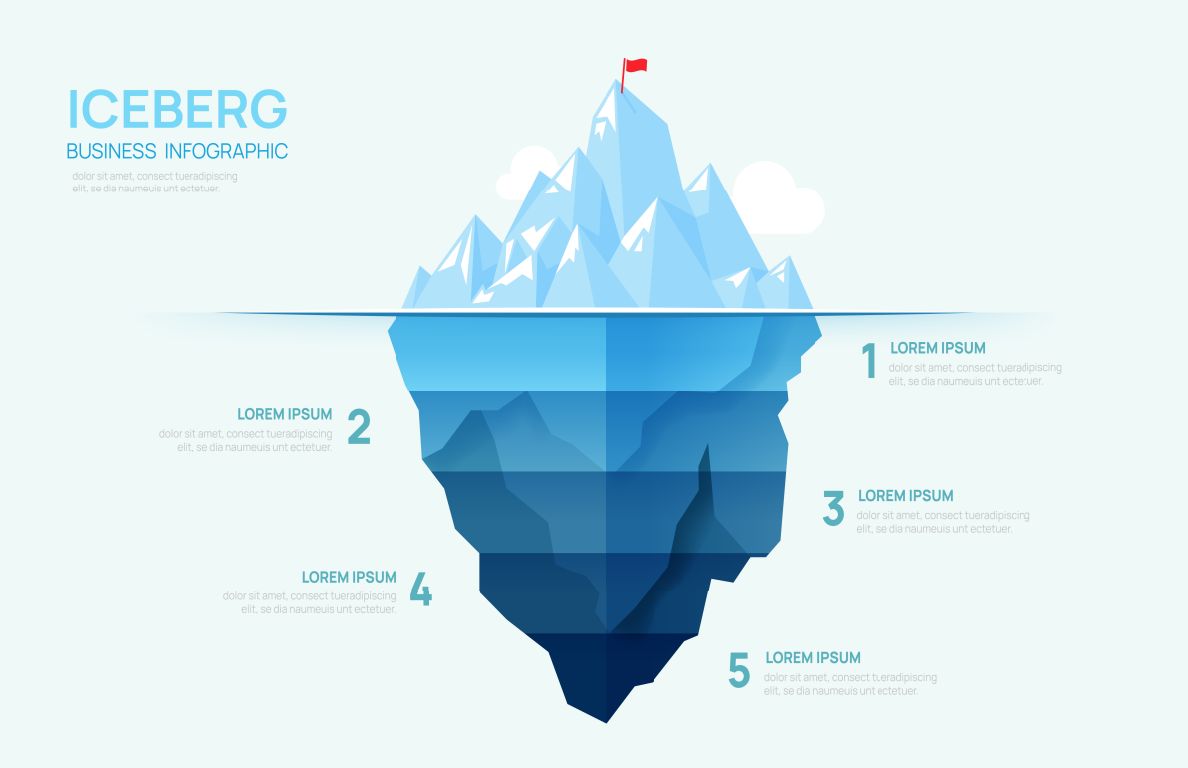The greatest mystery left on Earth: deep-sea exploration and future challenges.

TEXT : Simon Cooper
Earth is covered by over 70% water, yet deep-sea exploration has progressed surprisingly slowly. As of 2020, only just under 20% of the seafloor has been mapped. The first deep-sea exploration began in the 1870s, and since then, new discoveries of organisms and mineral deposits continue to be made. However, development comes with concerns about environmental destruction. Often described as the 'final frontier,' deep-sea exploration represents one of the greatest remaining mysteries of Earth. This article will introduce the history of deep-sea exploration and its future challenges.
There are five oceans in the world: the Pacific Ocean, the Atlantic Ocean, the Indian Ocean, the Southern Ocean, and the Arctic Ocean. Over 90% of the ocean's depth is more than 200 meters, with depths between 3,000 and 6,000 meters accounting for more than 70% of the total. There are also many places where the depth exceeds several thousand meters.
The South Sandwich Trench in the Southern Ocean and the Java Trench in the Indian Ocean exceed 7,000 meters in depth. The Puerto Rico Trench in the Atlantic Ocean and the South Sandwich Trench exceed 8,000 meters, while the deepest point in the Atlantic, the Mariana Trench, reaches 10,927 meters. These depths are so great that they can swallow the world's highest peak, Everest. Only a few people have reached the deepest parts of the ocean, even fewer than those who have reached the Moon.
Although it is on Earth, the environment of the seafloor is harsh. At 200 meters below the surface, sunlight drastically diminishes, and below 1,000 meters, it is pitch dark. Water temperature also decreases with depth, falling below 5°C at depths greater than 1,000 meters. The pressure exerted on objects is incomparably greater than at the surface. At a depth of 1,000 meters, the pressure exceeds 100 atmospheres, with the pressure on objects being 100 times greater than at the surface, equating to an ultra-high pressure of 1,000 tons per square meter. Moreover, at extreme depths of 5,000 meters and 10,000 meters, these values increase even further. The harshness of this environment rivals that of outer space.

Humanity has bravely faced the harsh world of the deep sea. The first scientific deep-sea investigation dates back to the 19th century. In the 1870s, Britain conducted a survey with the HMS Challenger, which undertook a four-year investigation covering over 120,000 km. This research laid the foundation for oceanography by exploring seafloor topography, deep-sea organisms, and the chemical composition of seawater.
In the 20th century, advancements in diving technology further developed deep-sea exploration. In 1960, the U.S. Navy's deep-sea submersible, the Trieste, reached a depth of 10,911 meters in the Challenger Deep of the Mariana Trench, the world's deepest point.
Recently, deep-sea exploration has been undertaken by various countries. Agencies such as the U.S. National Oceanic and Atmospheric Administration (NOAA) and the Navy, Russia's Shalin Institute and Russian Geophysical Research Institute, and China's National Marine Data and Information Service are leading these investigations. Latest technologies, including high-precision sonar, unmanned submersibles, new high-strength materials, and the analysis of collected big data, are continually being introduced into deep-sea exploration.
Advancements in deep-sea exploration technology have significantly progressed the investigation of unknown deep-sea regions, leading to a flurry of new discoveries. These include mineral resources such as manganese nodules, which are rich in important metals like cobalt, nickel, and copper; hydrothermal vent deposits containing precious metals like gold and silver; and methane hydrate deposits, which contain methane, a major component of natural gas. Additionally, new deep-sea creatures, such as giant squid and sponge animals, have been discovered. While these new findings hold promise for resource acquisition and academic advancement, there are growing concerns about their potential environmental impacts.

In 2010, an oil drilling facility for offshore oil field development exploded in the Gulf of Mexico, resulting in a massive oil spill. Additionally, in Nigeria, which has numerous oil fields, crude oil has leaked from pipelines, with cleanup expected to take 30 years. Concerns are also voiced about the safety of deep-sea development, including methane hydrate deposits.
In 1982, the United Nations adopted the United Nations Convention on the Law of the Sea (UNCLOS), establishing rules for the use of marine resources and the exploration and exploitation of mineral resources in the seabed to protect the marine environment. Under this law, the International Seabed Authority (ISA) was established in 1994 to regulate the exploration and exploitation of mineral resources in the international seabed area.
Despite advancements in technology, humanity still struggles to fully control issues related to deep-sea exploration and development. The recovery time required for environmental damage in the deep sea is unimaginable. To achieve sustainable resource use, it is essential to proceed with caution and careful consideration.
